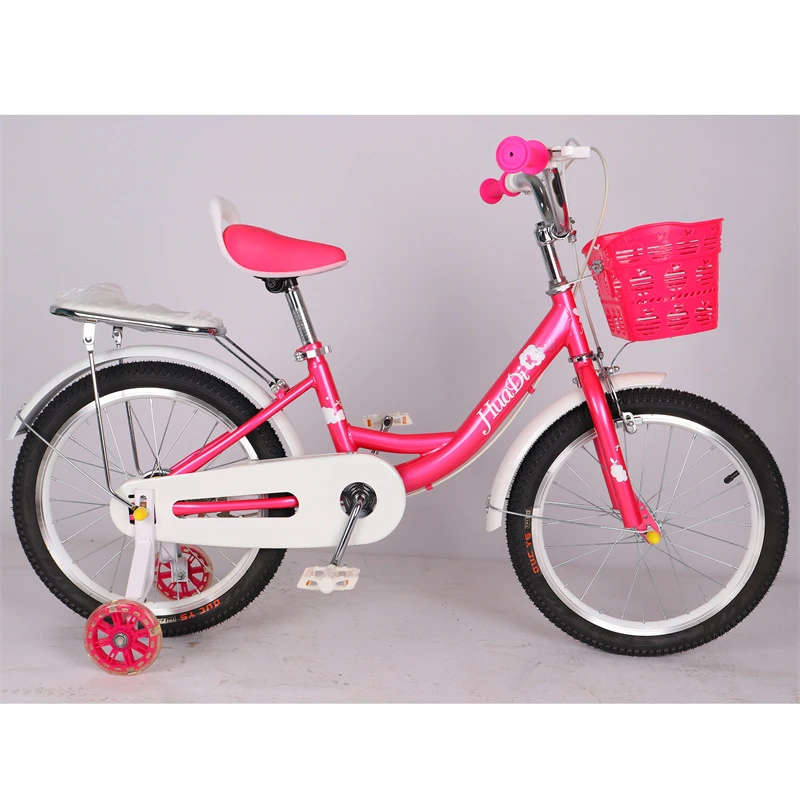mountain bike price
Understanding Mountain Bike Prices What You Need to Know
Mountain biking is an exhilarating sport that combines physical fitness with a love for nature. However, before you hit the trails, it’s crucial to understand the various factors that influence mountain bike prices. Whether you’re a beginner or a seasoned rider, selecting the right bike for your needs involves more than just picking a striking color or brand; it requires a deep dive into the components that make up the cost.
1. Categories of Mountain Bikes
Mountain bikes generally fall into three main categories hardtail, full-suspension, and fat bikes. Hardtail bikes, which feature a suspension in the front and a rigid rear, are typically the most affordable option, ranging from $300 to $1,500. They are perfect for beginners and cross-country riders. Full-suspension bikes, which offer both front and rear suspension, provide better shock absorption and comfort, making them ideal for rough terrains. However, they usually come with a higher price tag, ranging from $1,500 to over $10,000 depending on the brand and specifications. Fat bikes, designed for snowy or sandy conditions, can also vary widely in price, typically ranging from $800 to $4,000.
2. Key Components Impacting Price
The price of a mountain bike is significantly influenced by its components, which include the frame, suspension system, brakes, wheels, and drivetrain. Higher-end materials like carbon fiber can drastically elevate the cost. For instance, a carbon frame might add anywhere from $1,000 to $3,000 to the overall price of the bike compared to a more affordable aluminum frame. Suspension systems also play a critical role; bikes with advanced technology in their suspension design are often priced at a premium due to the enhanced performance and comfort they provide.
mountain bike price

Brakes are another essential component. Hydraulic disc brakes, which offer superior stopping power compared to mechanical disc brakes, are typically found on higher-end models and contribute to increased costs. Additionally, the drivetrain—consisting of gears and shifters—affects the bike's price. Bikes equipped with high-quality components generally provide smoother gear changes and enhanced durability.
3. Brand and Model Reputation
Brand reputation can also impact mountain bike prices. Established brands like Trek, Specialized, and Giant often demand higher prices due to their extensive research and development, quality assurance, and customer service. On the other hand, emerging brands might offer competitive pricing to gain a foothold in the market. However, it is essential to research and read reviews, as price does not always guarantee the best performance or durability.
4. Seasonal Sales and Discounts
Finally, timing your purchase can lead to significant savings. Many bike shops offer discounts during off-peak seasons, such as late fall or winter, as they look to clear inventory before the new models are released in spring. Additionally, online retailers frequently have sales that can help consumers obtain quality mountain bikes at reduced prices.
In conclusion, understanding mountain bike prices requires evaluating various factors, including the type of bike, component quality, brand, and purchasing timing. By considering these elements, you can make an informed decision, ensuring that you choose a mountain bike that meets your needs and fits your budget. Happy riding!
-
Three-Wheel Light-Up Scooter Benefits for KidsNewsJul.11,2025
-
The Importance of Helmet Safety When Using a Kids ScooterNewsJul.11,2025
-
Nurturing Early Mobility with an Infant ScooterNewsJul.11,2025
-
How to Choose the Safest Tricycle for KidsNewsJul.11,2025
-
Fixing a Squeaky Baby Push Tricycle in MinutesNewsJul.11,2025
-
Cleaning and Maintaining a Tricycle for Big KidNewsJul.11,2025
-
Unleash Fun and Safety with Our Premium Kids Scooter CollectionNewsJun.06,2025








